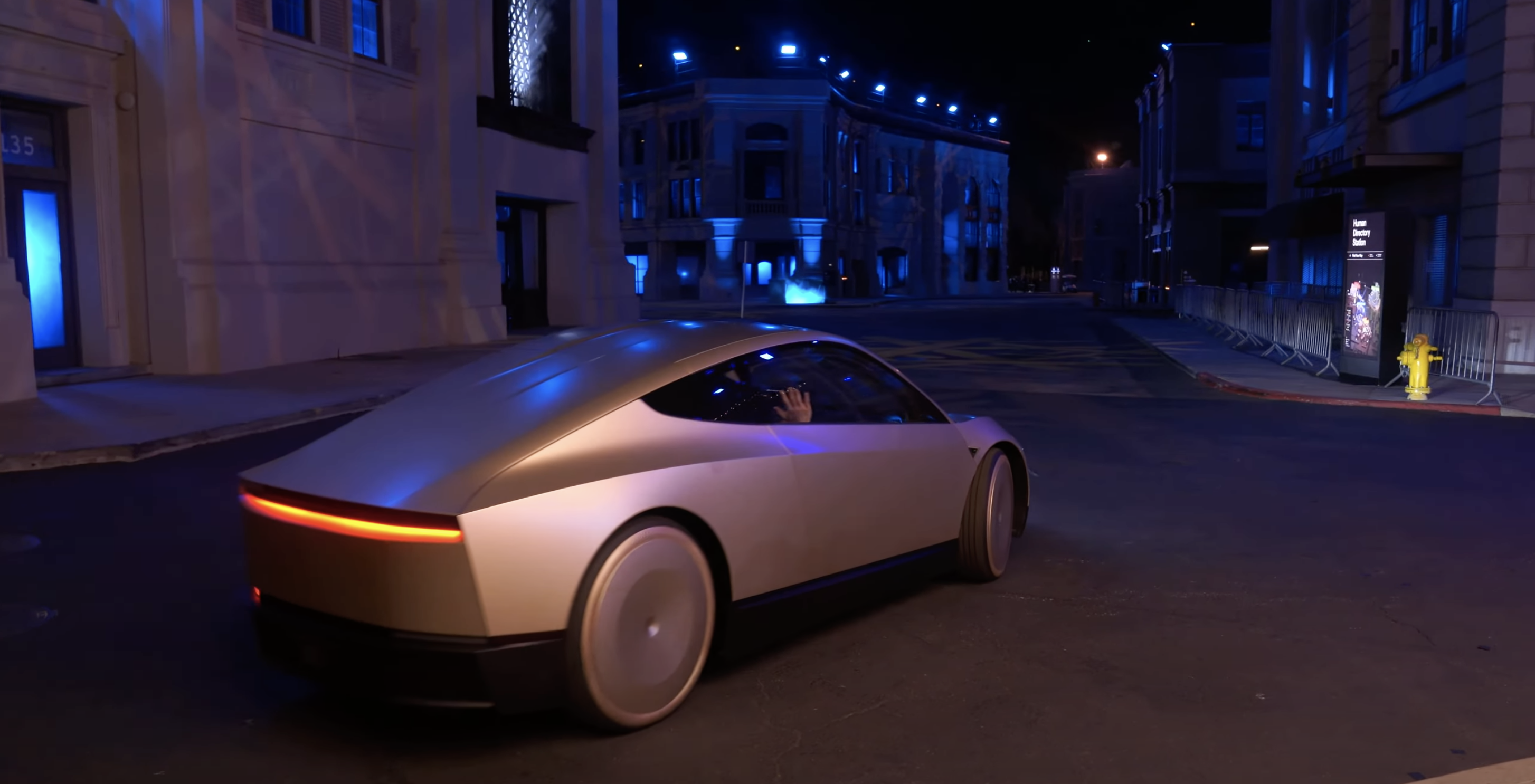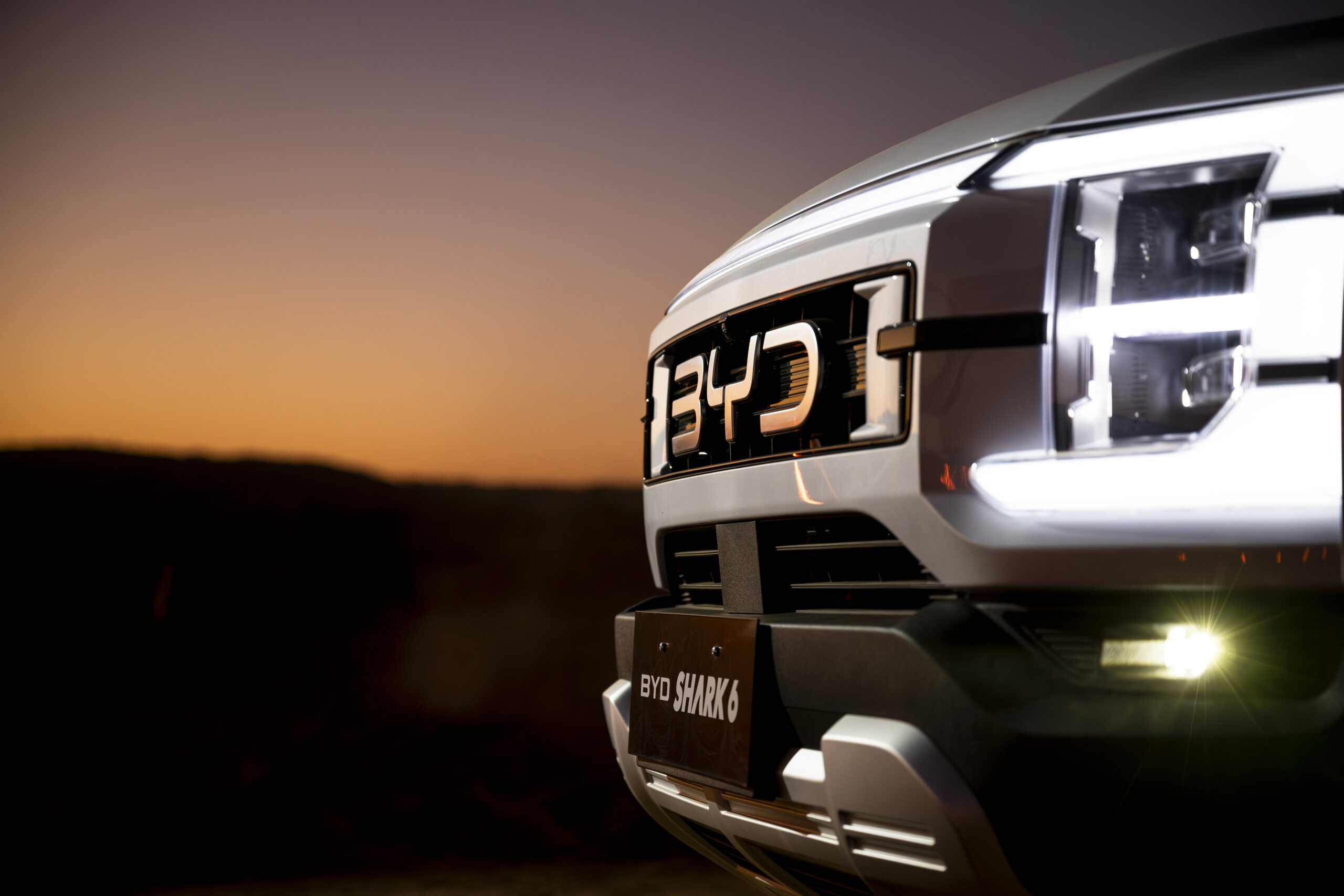Sign up for daily news updates from CleanTechnica on email. Or follow us on Google News!
You’re probably wondering why the image for an article about Tesla’s robotaxi is an airplane, especially when it’s obviously a fossil fueled warplane. Here’s the thing: aviation manufacturing has a lot in common with making ground vehicles. The biggest commonality is that they both have to exist in the real world, and in the real world things cost money. Make something too expensive, and it just doesn’t work out in the long run.
We’re seeing both industries struggle mightily with cost effectiveness right now, and we might see some similar solutions emerge.
For cars, the need to keep things cheap and the need to combat climate change are often getting at odds with each other. Cost-effective cars and small SUVs have already reached not only overall cost parity with gasoline-powered vehicles, but increasingly often have a cheaper sticker price, especially on the used market. But electric trucks that need big batteries to tow large trailers across states and continents are still selling for $80,000–110,000, which makes them a tougher sell for now.
While not battling climate change, warplane manufacturers are running into tough sells, too. Making the best planes to keep a massive advantage over everyone else’s planes has gotten more and more expensive over the decades, even when you consider inflation. It has gotten to the point where making the next generation of fighter jets has been put on hold because it would be cheaper to produce a bunch of autonomous fighter drones that human pilots could control from current aircraft (which are still more than a match for the best Russia and China can build, at least for now).
When Unmanned Vehicles Become Manned
This is where the aircraft in the picture comes in. Developing unmanned “loyal wingman” planes to assist human pilots in myriad ways is a complex process. Not only do you have to build an aircraft, but you also need to secure FAA approval to fly that unmanned aircraft around at every step. We’ve seen SpaceX struggle to get approval to do new and different things, and manufacturers like Scaled Composites and Northrop Grumman don’t get a pass on that, either.
To bypass some of the regulatory hurdles and actually get something in the sky flying, Scaled Composites took its Vanguard design and added a cockpit. This made for a test flight that not only proved that the design was sound, but that new manufacturing methods could bring that new design from dream to reality faster than ever before. Once flight testing is out of the way, the next task will be to integrate the autonomous flying hardware and software (which has seen a lot of success in development).
While fast drone development made most of the headlines, seeing a cheap manned stealth fighter jet design hit the sky made a lot of people wonder whether a budget manned jet was also on the table. In an interview with The War Zone, Tyler Rogoway asked CEO Colin Miller whether the company had considered making a capable small fighter jet that costs less than ⅓ what today’s stealth planes like the F-35 do. “I can’t say a lot about that, but I can say I do see potential for a manned variant,” Miller said.
This idea excites aviation geeks because decades ago, the value of a budget jet that U.S. manufacturers could sell to allies proved its value with the Northrop F-5. The United States never adopted the plane for its own widespread wartime use, but over 800 were built for U.S. allies who couldn’t afford the sticker price for complex top planes and the cost of keeping them flying.
Eventually, the Air Force and NASA did end up buying 1,200 unarmed versions of the plane for training flights, which became the T-38. Others were bought to serve in aggressor training squadrons, standing in as enemy planes during exercises, which eventually led to them appearing in Top Gun as “MiG-28.”
Given this history, the idea of a 21st century equivalent of the F-5 is exciting for aviation geeks and military planners. While the U.S. Air Force would probably use the plane in a disposable unmanned role, there are allies who would love to buy one with a cockpit to have a decent plane they could afford that has at least some more modern features.
The CyberTaxi Could End Up Doing The Same Thing
Autonomous plane software has had a lot of success so far in testing, especially in control of the X-62 VISTA test platform. But the skies (friendly or otherwise) are relatively empty compared to the street. An autonomous jet aircraft doesn’t have to worry about a child chasing a ball into the sky in front if it, and there are generally few if any pilots doing stupid things in aerial war zones. This is why almost every company that gets into autonomous vehicles has failed, sometimes spectacularly in notable safety incidents.
Tesla may have put on a good show, but everyone knows that the company isn’t ready to deploy the taxis or the other I, Robot movie ripoff Robovan. It’s also clear that the Tesla Optimus robots serving people drinks and performing other tasks were remotely controlled by humans using body tracking and VR headsets. While a vision for the future is always good, it was still seen as just a vision, and resulted in Uber shares rising while Tesla shares fell.
It’s certainly possible that Tesla could pull a secret version of the FSD software out of its hat and wow the automotive world with a true robotaxi, but the nearly decade-long struggle to release a working self-driving car has been marked by repeated predictions and promises that failed to materialize. So, people are naturally skeptical that the robotaxi design will be seen driving people to and from the bars on Saturday nights any time soon.
Hey Elon, Can I have my designs back please? #ElonMusk #Elon_Musk pic.twitter.com/WPgxHevr6E
— Alex Proyas (@alex_proyas) October 13, 2024
The vehicle design could still earn the company heaps of money, even if FSD doesn’t materialize in the next five years. There’s still a lot of demand for budget EVs, and doing what Scaled Composites did could be the answer to getting that money in the near term. Putting a steering wheel in and letting people buy it earlier could mean that people could get use out of the vehicles while awaiting the arrival of final robotaxi hardware.
Honestly, the vehicle isn’t bad looking, especially compared to the Cybertruck. A retro-inspired efficient vehicle design that sells for cheap could find a lot of buyers, even if it’s not driving itself yet.
Featured image by Scaled Composites.

Have a tip for CleanTechnica? Want to advertise? Want to suggest a guest for our CleanTech Talk podcast? Contact us here.
Latest CleanTechnica.TV Videos
CleanTechnica uses affiliate links. See our policy here.
CleanTechnica’s Comment Policy






